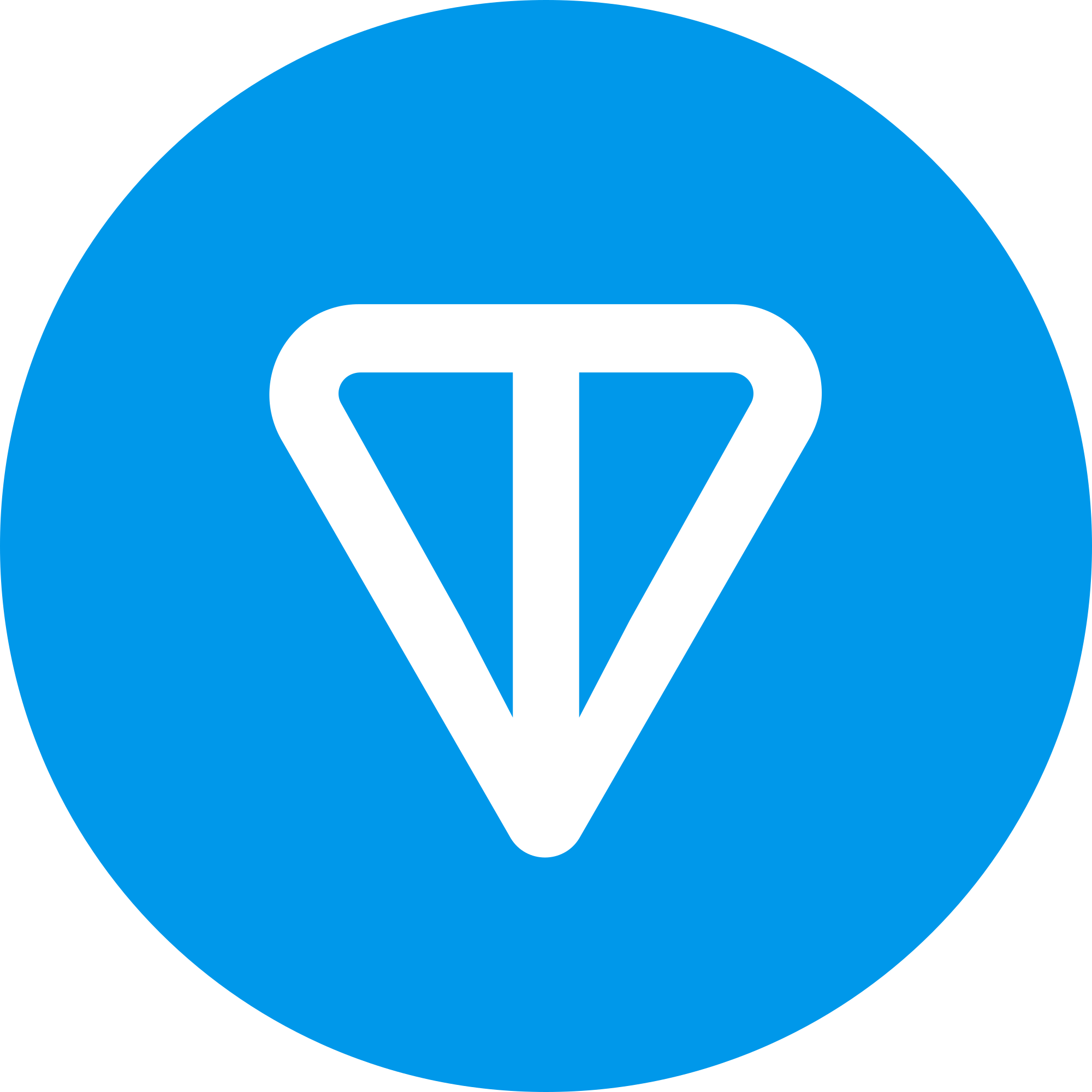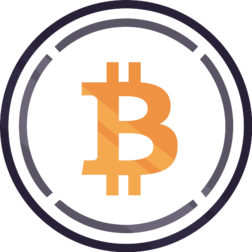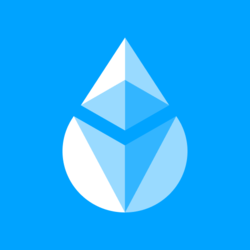Cardano (ADA) is a popular blockchain platform known for its strong focus on security, scalability, and sustainability. It’s the platform behind the ADA cryptocurrency, and its main differentiator is its scientific approach to development and its use of peer-reviewed research.
Here’s a comprehensive overview of Cardano and its key features:
1. Blockchain Platform:
- Layer 1 Blockchain: Cardano is a third-generation blockchain platform, designed to address the limitations of Bitcoin (first generation) and Ethereum (second generation). It aims to improve scalability, security, and decentralization.
- Proof of Stake (PoS): Unlike Bitcoin’s Proof of Work (PoW), Cardano uses a more energy-efficient consensus mechanism called Ouroboros, which is based on Proof of Stake. This allows users to participate in securing the network by staking ADA (their native cryptocurrency).
2. ADA Cryptocurrency:
- Native Token: ADA is the native cryptocurrency of the Cardano platform. It is used for staking, paying transaction fees, and participating in the governance of the Cardano network.
- Staking: ADA holders can stake their tokens to earn rewards and participate in the network’s consensus process. It helps secure the network and incentivizes users.
3. Key Features:
- Ouroboros: Cardano’s Proof of Stake protocol, designed to be highly scalable and energy-efficient. It allows for secure, decentralized transactions with reduced environmental impact compared to Proof of Work.
- Smart Contracts: With the Alonzo upgrade, Cardano introduced smart contract functionality, making it a platform for decentralized applications (dApps) and decentralized finance (DeFi).
- Haskell and Plutus: Cardano’s smart contracts are written using the Haskell programming language, and Plutus is its native smart contract language, designed for high security and formal verification.
- Governance: Cardano has a decentralized governance model. ADA holders can vote on protocol upgrades and decisions that affect the Cardano ecosystem via the Project Catalyst initiative.
4. Development Phases:
Cardano’s development is broken down into five key phases:
- Byron: The foundation phase, where Cardano’s blockchain was launched.
- Shelley: The decentralization phase, where the network became more decentralized with the introduction of staking.
- Goguen: The smart contract phase, enabling decentralized applications (dApps) and smart contracts on the platform.
- Basho: The scalability phase, focusing on improving performance and scalability (optimizing the network for greater transaction throughput).
- Voltaire: The governance phase, which will fully decentralize the governance of the Cardano platform, allowing users to vote on changes and updates to the network.
5. Sustainability & Environmental Impact:
- Cardano prides itself on being an energy-efficient blockchain. Since it uses a Proof of Stake system rather than Proof of Work, it consumes far less energy compared to Bitcoin or Ethereum (prior to Ethereum’s switch to Proof of Stake in 2022).
- The project also focuses on long-term sustainability through formal methods of software development, ensuring security and reducing risks of future issues.
6. Partnerships and Real-World Use Cases:
- Cardano has partnered with various governments and organizations to bring blockchain technology to real-world applications, especially in developing countries. Its work with the Ethiopian government to digitize student records is one such example.
- The project is also focusing on building solutions for identity management, supply chain traceability, and more.
7. Challenges and Criticisms:
- Adoption and Ecosystem Growth: Although Cardano has introduced many innovations, it has been criticized for being slow in its development compared to other blockchain projects, like Ethereum and Solana.
- Smart Contract Adoption: The Cardano ecosystem is still growing, and there is some competition to attract developers to build dApps and other blockchain-based solutions.
8. Future Outlook:
- Cardano has a strong community of developers, researchers, and users. The roadmap for Cardano continues to focus on expanding its ecosystem, increasing decentralization, and improving scalability and usability.
- There’s ongoing work on Layer 2 solutions, such as Hydra, which is aimed at scaling Cardano’s transaction throughput.
Conclusion:
Cardano is one of the more technically advanced blockchain platforms with a focus on long-term sustainability and formal research. While it may not yet have as many dApps or DeFi protocols as Ethereum, its unique approach to blockchain and focus on scalability, security, and decentralization has positioned it as a strong contender in the blockchain space.





